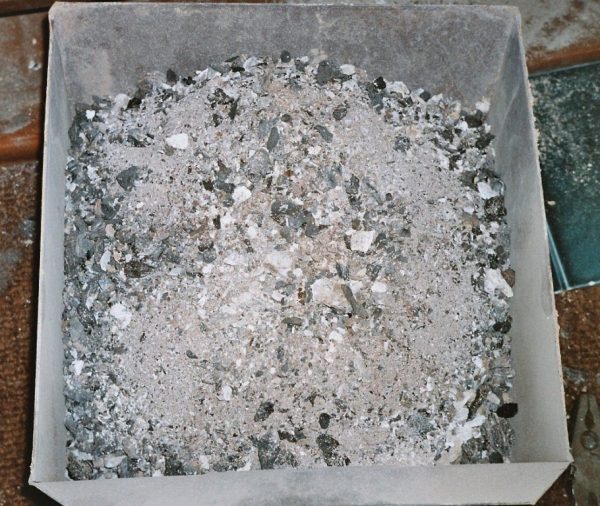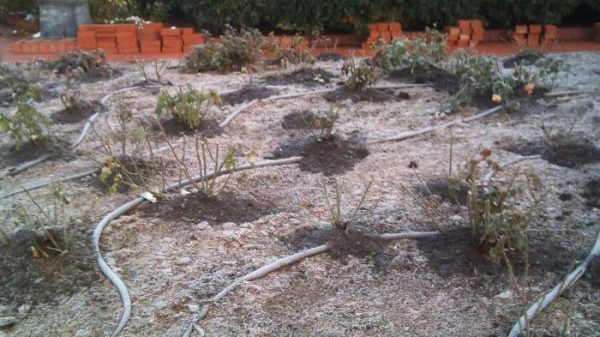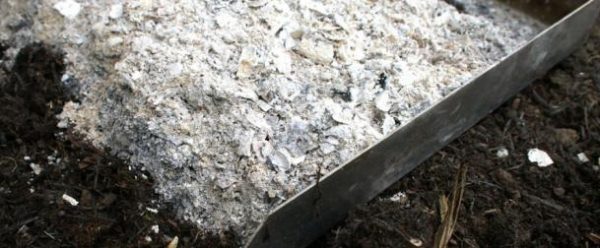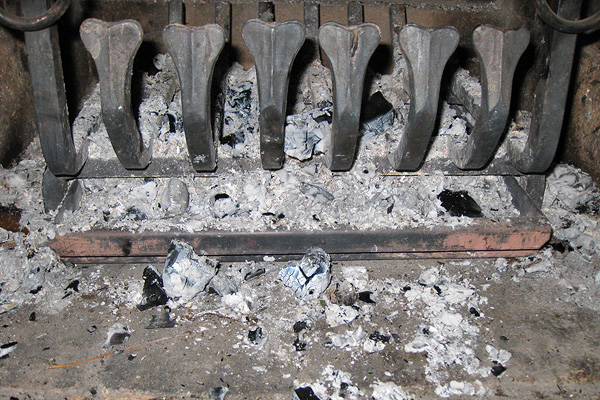How, when and what is the best way to make foliar top dressing with ash
Content
What is the usefulness of ash
Fertilizing the soil with wood ash can solve several pressing problems at once. First, it is useful for improving the mechanical properties of the soil. Secondly, it is rich in minerals, moreover, substances in a form that is easily digestible for plants. In the first place among useful substances is potassium, as well as phosphorus, calcium, boron, copper, manganese, and so on, depending on the type of wood or plant residues from which the fertilizer is obtained. Thirdly, unlike synthetic mineral fertilizers, this substance does not contain chlorine. Fourthly, ash can be considered a prolonged-release fertilizer, since useful substances are released from it and a year after feeding, if you add ash in the fall, it will saturate the soil with phosphorus and potassium. Fifth, in addition to the function of feeding, fertilizer helps fight pests, protecting both seedlings and adult plants.
What types of soil is combined with
First of all, it is correct to apply this fertilizer on acidified soils to give them neutral properties due to the content of alkaline elements in the ash. Peat or shale ash will be especially useful in this sense. However, gardeners and summer residents mainly use wood and straw ash. This is not surprising, since it is well suited for sod, forest, clay soils. Traditionally, on clay and loamy soils, ash is brought in in the fall, and on sandy and sandy loamy soils - in the spring. Ash cannot be used on salt marshes, applied to soil with an acidity of 7 or higher, or under plants that are afraid of an alkaline environment.
In addition to compatibility with different soils, combinations with other types of fertilizers must be considered. An excess of this substance will negatively affect the absorption of nitrogen by plants, therefore it will be correct to introduce any nitrogen-containing substances into the soil no earlier than a month after feeding with ash. One more note - when applying this fertilizer, it is necessary to take into account that concentrated alkali is dangerous for beneficial soil organisms, therefore it is important not to exceed the required concentration.
Top dressing of trees and shrubs
When feeding garden trees, you can apply up to 100-150 grams of dry fertilizer per square meter, digging the soil to a depth of 10 centimeters or more. Similarly, you can use ashes for currants, raspberries and even garden strawberries. Such a function of this substance as pest control has already been mentioned - it protects well against gray mold, powdery mildew, cherry sawer.
Alternatively, you can use ash by digging around fruit trees. The depth of the groove in this case should be about fifteen centimeters, dry ash is poured into the groove. You can also water the trees with an ash solution - 2 cups per bucket of water.
It is advisable to feed plants and shrubs with ash once every two to four years. However, it is important to remember that blueberries and cranberries do not like feeding in ash, these plants prefer slightly acidic soil.
Video "What is foliar feeding"
Informative video of what extra-root feeding is.
How to use in the garden
In the garden, ash can be used at any time, when digging the soil in autumn or spring, planting seedlings, fighting pests or for feeding. Almost all garden crops are favorable to feeding with wood ash - these are pumpkin and nightshade crops, root crops, cabbage, greens. Applying ash correctly means not exceeding the concentration, so as not to harm soil microorganisms and plant roots, as well as spread over time with the introduction of nitrogenous fertilizers. You can apply dry fertilizer when planting tubers or seedlings, but be sure to mix it with the ground so as not to damage the planting material. The norm for tomatoes and potatoes is up to three tablespoons. It is also suitable for seedlings of peppers and eggplants.
Under cucumbers, zucchini, carrots and parsley, you can apply up to two hundred grams of this fertilizer per square meter of beds. Slightly less of it will be required for onions and garlic, and its introduction must be alternated with the infusion of bird droppings. Ash infusion can be used for watering plants. It is especially useful to do this ten to twelve days after transplanting. To do this, 75 grams of ash is dissolved in a bucket of water and cucumbers and tomatoes are watered by half a liter per plant. Thus, you can protect the seedlings from pests.
As a foliar feeding, combined with protection from pests, you can use this fertilizer in the form of a solution or decoction. To prepare a broth, you need to take 300 grams of ash, sift it and boil for 25 minutes in two liters of water. Further, dilute the broth to a volume of 10 liters. Water the plants at a cool time of the day. If you intend to use against pests, then you can add 50 grams of soap.
You can water cabbage and grapes with this solution using a special spray. When using an ash solution or decoction, it is important to ensure that all particulate matter is completely dissolved so that it does not damage the seedlings.You can use this fertilizer for flower beds, for example, it is applied under roses in advance, in the fall. It is also allowed and even recommended to add ash to the compost, for example, when it is thrown in the fall.
Cooking ash
For cooking, you can use wood or plant residues. It is forbidden to burn any plastic waste, printing paper, painted wood, wood or tops with traces of fungus or diseases for fertilization. The optimal time for harvesting material for burning is in autumn or early winter, when the main agricultural work has already been completed, but there is almost no snow. Combustion of the material can be carried out immediately - this will allow a sufficient amount of ash to be prepared in advance. It should be borne in mind that it cools for a long time and even the next day can cause a burn. Ash containers should be sealed and stored in a dry place. The benefits of this fertilizer are undeniable, no matter how it gets to the plants.
Video "Features of the use of ash"
Informational video about the use of ash in a vegetable garden or garden.




